Forget new, trendy craft beer and make a real statement with this brew made from 220-year-old yeast.
This yeast comes from the world’s oldest bottle of beer, found in one of Australia’s earliest shipwrecks, and is now being used to create a modern beer with the characteristic taste of an 18th century brew.
How exactly does one achieve 18th century flavor? Project leader David Thurrowgood referred to a traditional recipe from the time for maximum authenticity. This “Preservation Ale” is reported to have a sweet, fresh taste with an almost cider-like flavor. DNA testing showed that the yeast microbes from this beer are related to the microbes used in European Trappist ales, and the flavor of this new beer is in line with those earlier ales.
As for the yeast, the microbes used to make this beer were recreated from samples taken from one of 26 bottles found in the Sydney Cove shipwreck in the 1990s. The Sydney Cove was a British trading ship that was caught in a storm near the island of Tasmania in 1797, en route from Calcutta to Port Jackson (present-day Sydney). The ship’s crew survived by grounding the sinking ship on a small island north of Tasmania, called Preservation Island. So, “Preservation Ale” is historically fitting and coincidentally brand-appropriate.
One unopened bottle was found in the wreck, and currently holds the title as the world’s oldest bottle of beer. From the other bottles, scientists were able to revive five distinct species of microbes, which, in addition to potentially being used to make beer, can provide insight into human diets before Europe’s Industrial Revolution.
“People talk about autoimmune diseases and other issues [relating to] the fact that we have quite a clean diet today, whereas in the past we had a diet full of microbes,” Thurrowgood told Live Science. “This is one of the few chances we’ve got to actually test those microbes, and actually see what they were.”
Eager to get your hands on a bottle of this antique beer? Thurrowgood said several breweries have approached him about marketing Preservation Ale, but he’s only been able to produce a few bottles. He’s thinking of setting up a mini brewery at the Queen Victoria Museum, where the research team is based, or creating a homebrew beer based on the 18th century prototype.

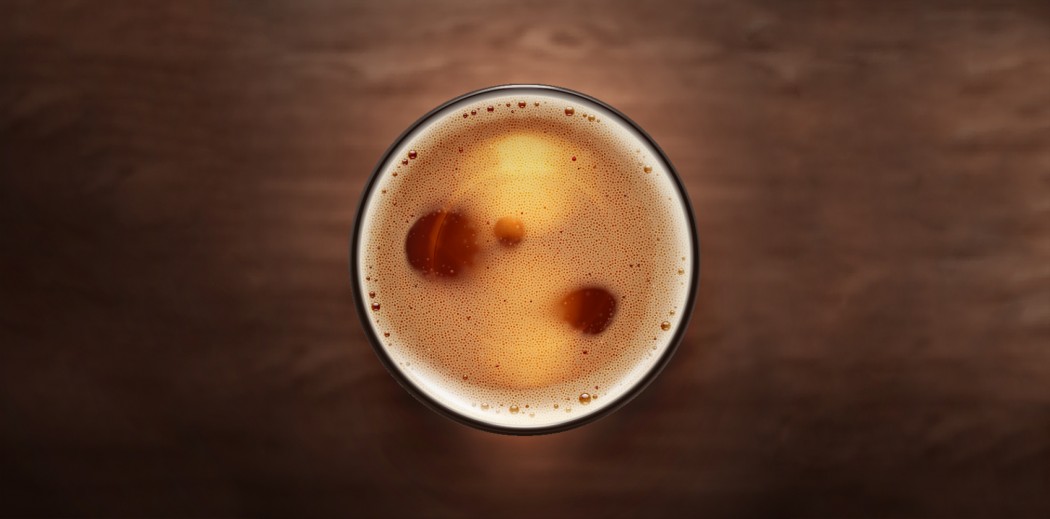

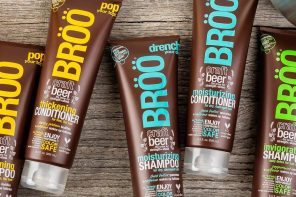
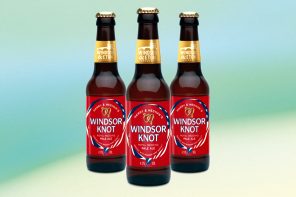
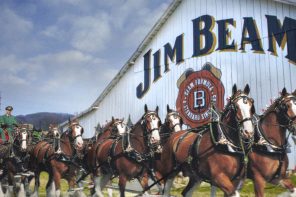
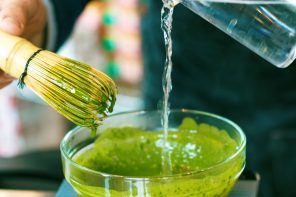
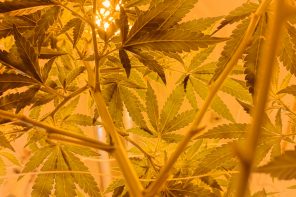
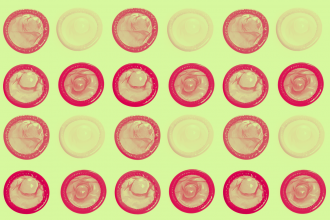
For sure I will be ready to try a bottle let me know when it’s for sale